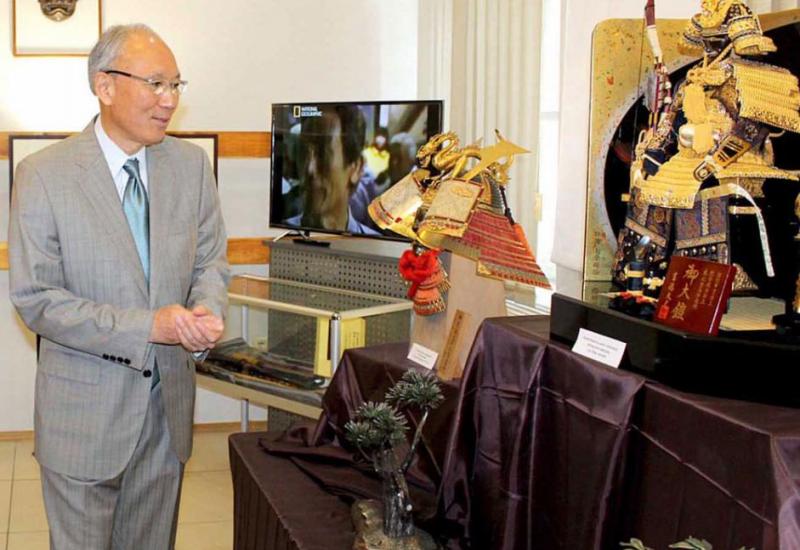Most readers of Kyiv Polytechnic probably already know what origami and go are. But what sashiko, shogi or tameshigiri are, most likely, known to a much smaller circle of Kyiv Polytechnic students. In any case, the author of these lines first learned what it is and discovered many new interesting things at the Japanese Autumn Festival, which took place at our university during two days in September.
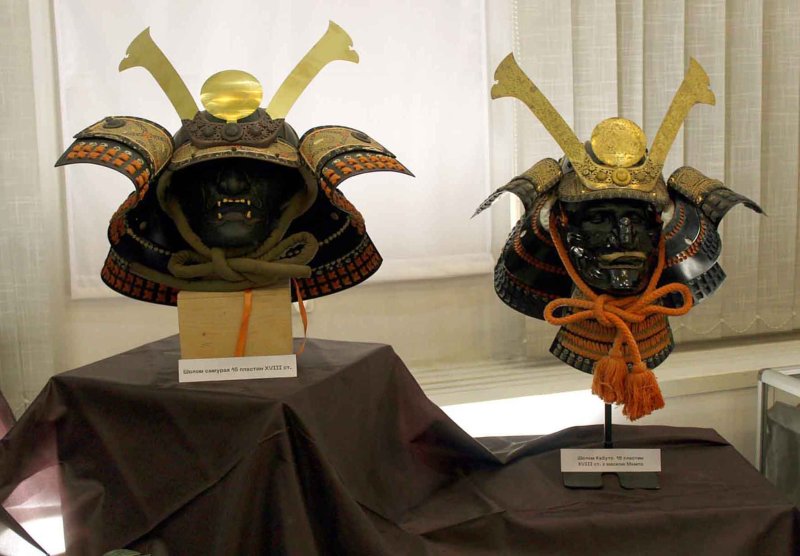
The festival visitors had the opportunity to see the exhibition of Japanese cold steel weapons and combat armor "The Soul of a Samurai" and watch demonstrations by Japanese martial arts masters, admire traditional bon odori dances and visit the exhibition of classic Japanese ukiyo-e prints of the nineteenth century "The World of Kabuki" from the collection of the National Art Museum of Ukraine, and take a look at the works from the Japanese cycle of contemporary Ukrainian photographer Maksym Solomko, exhibits of origami (a traditional Japanese technique of creating paper figures and compositions) and powerful Japanese motorcycles, take part in master classes on wrapping objects in furoshiki fabric, Japanese sashiko embroidery, Japanese calligraphy, creating paintings from dried oshibana flowers, making Japanese wagashi sweets, and get visual lessons in arranging ikebana flowers, plunge into the atmosphere of the Japanese tea ceremony and learn the basics of playing go and shogi. They will also take part in trial Japanese lessons for children and adults and meet Oksana Piskunova, the author of a Ukrainian language textbook for Japanese.
The Ukrainian-Japanese Center of Igor Sikorsky Kyiv Polytechnic Institute, which operates in the university's Denysenko Scientific and Technical Library, the Library itself, and the Borys Paton State Polytechnic Museum at Igor Sikorsky Kyiv Polytechnic Institute provided their space for exhibitions, master classes, and screenings. They are well known not only to KPI students and staff, but also to many Kyiv residents, so there was no shortage of visitors from the first to the last hours of the festival. The main organizer of the festival was the Ukrainian-Japanese Center of Igor Sikorsky Kyiv Polytechnic Institute, and it was supported by the Embassy of Japan in Ukraine, the Ikenobo School (Japan) branch in Eastern Europe, and the Urasenke Tea School (Japan).
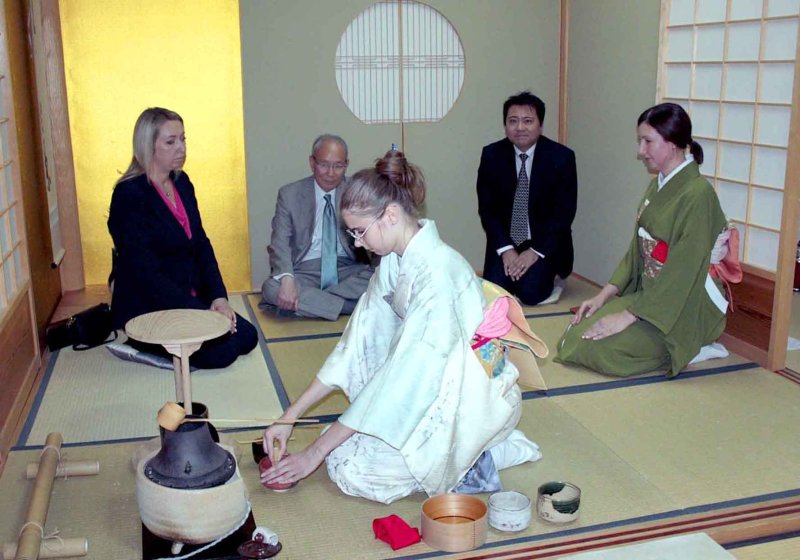
On the opening day, Ambassador Extraordinary and Plenipotentiary of Japan to Ukraine Kuninori Matsuda also visited the festival. In fact, the festival started with his greetings to the participants. Moreover, he began his address in Ukrainian: "Ukraine is going through difficult times, but even in times of war it is important to develop cultural relations.
Therefore, this event is very valuable." Although he then switched to Japanese, he definitely won the audience's sympathy. "The festival, organized by the Ukrainian-Japanese Center, began in 2014, and since then it has been held almost every year in different cities of Ukraine," he said. "The last one was held in 2019 in Zhytomyr. "But, as we all know, the coronavirus pandemic began, and then the Russian full-scale invasion of Ukraine, and we were not able to hold such events. Therefore, I am especially pleased that such an event is taking place today... I think that despite the martial law, the situation in Ukraine, this festival is taking place because relations between Ukraine and Japan are important at any time and should be developed despite all circumstances, because our countries have great interest in each other and great respect..."
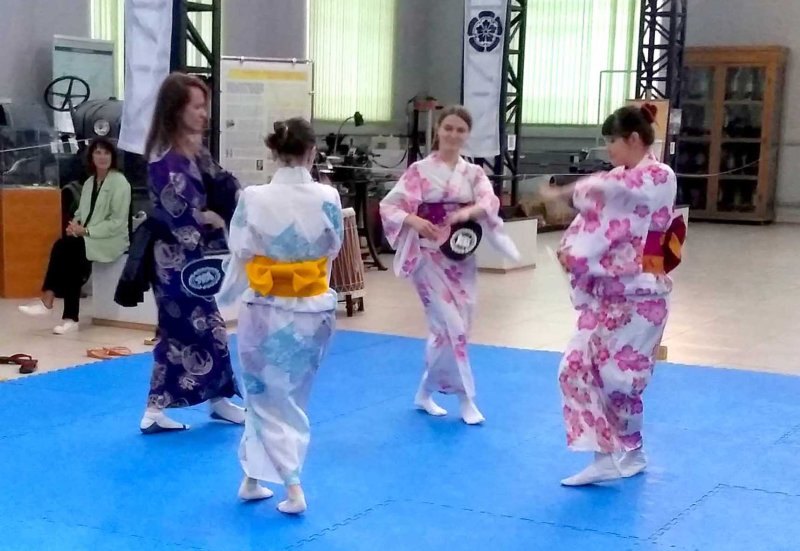
The Ambassador of Japan examined the expositions presented at the festival, talked to the authors of the works presented there, and watched demonstrations by Ukrainian masters of the Japanese martial arts Iaido, Tameshigiri, Jujitsu, Aikido, Ken Shobu Do and others from leading schools and federations of Ukraine. By the way, the president of the Kyiv City Aikikai Aikido Federation, president of the All-Ukrainian Kenjutsu Federation, co-founder of Ken Shobu Do, Sensei Dmytro Androshchuk, told the guests of the festival about the peculiarities of Japanese martial arts.
The Japanese ambassador's interest in the festival events and activities was truly genuine, as the embassy delegation went well beyond the initially determined time of its participation, which is extremely rare in diplomatic practice.
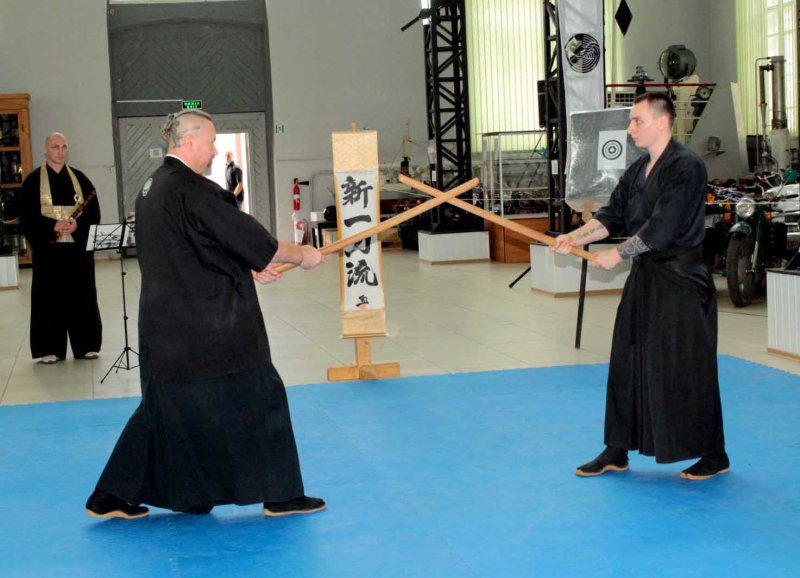
Kuninori Matsuda also spoke with representatives of the university media. He said that after Russia's full-scale attack on our country, interest in the Land of the Rising Sun and, in particular, in its universities, has increased significantly. According to him, Japanese higher education institutions have received many inquiries about opportunities for cooperation with their Ukrainian counterparts. Therefore, it was quite logical to ask Kyiv Polytechnic about the importance of the Ukrainian-Japanese Center of KPI in maintaining and expanding ties between Ukrainian and Japanese universities, and whether it is worth creating a similar center in Japan.
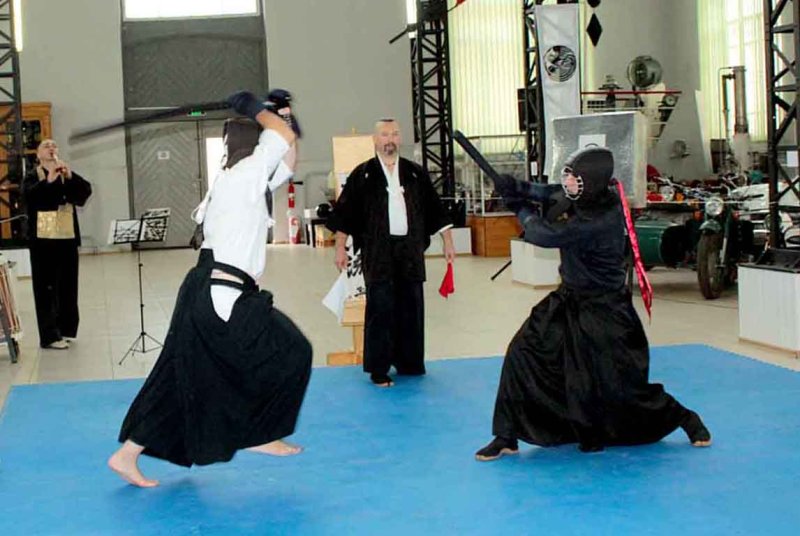
"The Ukrainian-Japanese Center plays a very significant role in the fact that there is already and is constantly increasing interest in the Japanese language and culture in Ukraine," the Japanese ambassador replied, "and I would like those people who visit this Center and learn Japanese to also play a role in the relations between Japan and Ukraine in the field of business, perhaps in matters of investment. Because I predict that after the war is over, there will be many Japanese companies working in Ukraine, and we need people who are interested not only in the language, culture, and country in general, but also in working in these areas. Regarding the Japan-Ukraine Center in Japan, I would like to note that we already have close cooperation between Kyiv and Kyoto as twin cities and between Odesa and Yokohama. I hope that this cooperation will deepen, the number of sister cities will increase, and I am sure that there is interest in establishing a Ukrainian center in Japan, so I think that such a center will be established in Japan."

The events of the Japanese Autumn festival took place on September 15 and 16. There were many of them, all of them informative and surprisingly atmospheric, so those who were lucky enough to attend it were interested. In addition, in each hall there were boxes for raising funds to help the defenders of Ukraine, which were transferred to the Kyiv Polytechnic Foundation for Support of the Armed Forces of Ukraine.
"The festival events were attended not only by Kyiv residents, but also by representatives of Kharkiv, Chernihiv, and Dnipro," Kateryna Luhovska, director of the Ukrainian-Japanese Center of KPI, told Kyiv Polytechnic, "All of them came here, brought their works and products, and participated in the festival events at their own expense." She also said that four exhibitions - three at the State Museum of the History of Technology of KPI and one at the Ukrainian-Japanese Center - have not completed their work and will run until October 14. So those who did not have time to visit the festival still have the opportunity to see them. Admission is, of course, free.

